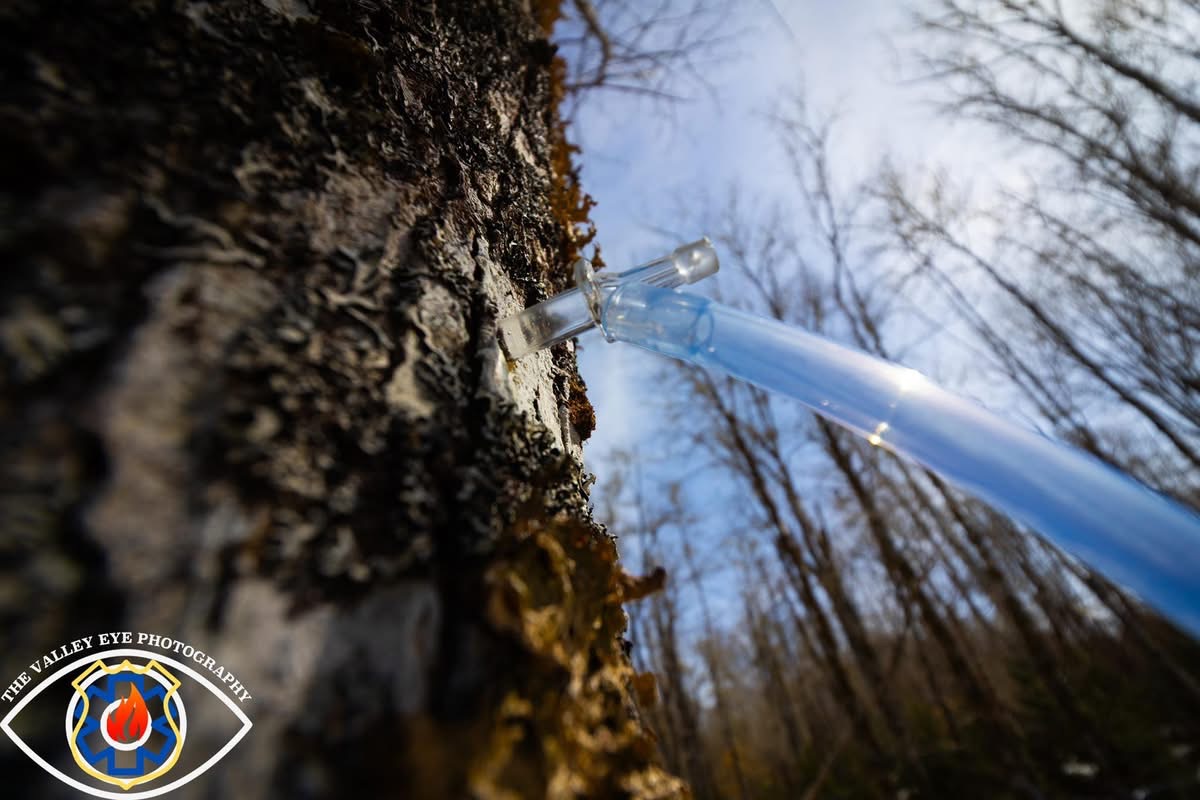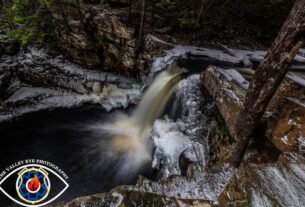Each and everyday Canadians and people across the world use Maple Syrup toppings for various meals in their homes.
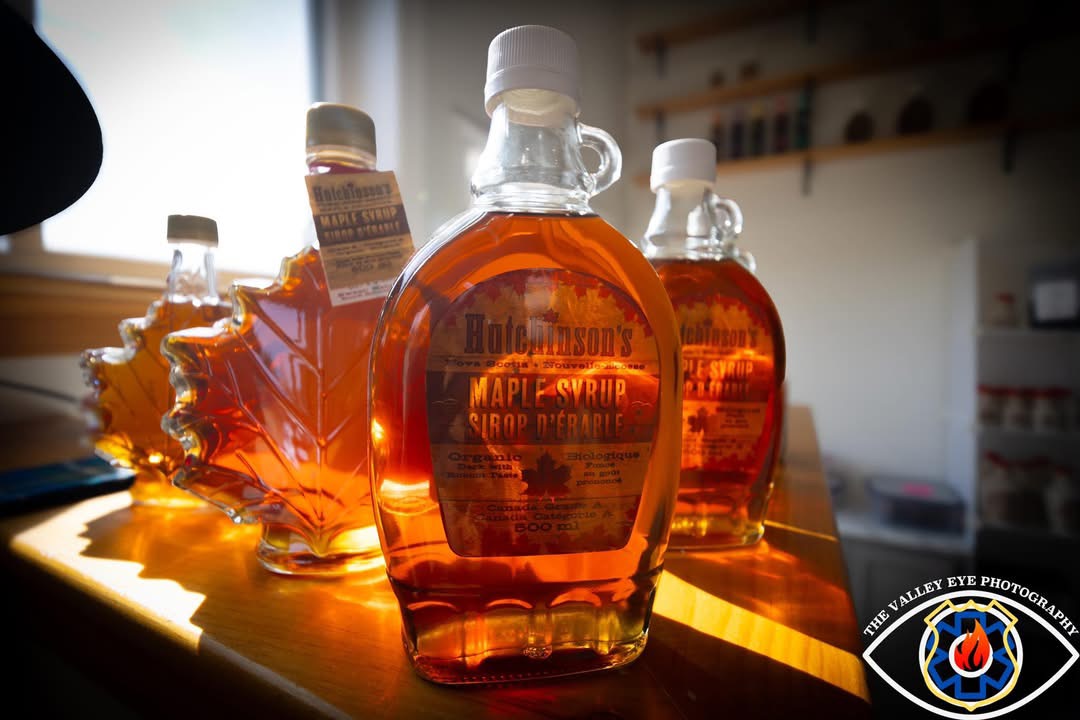
Did you know, that sap right in our back yard is used, cooked and turned into Maple Syrup, available on shelves across Nova Scotia?
With warmer temperatures and spring on our doorstep, many companies like Hutchinson Acres, here in the Annapolis Valley, are in full production.
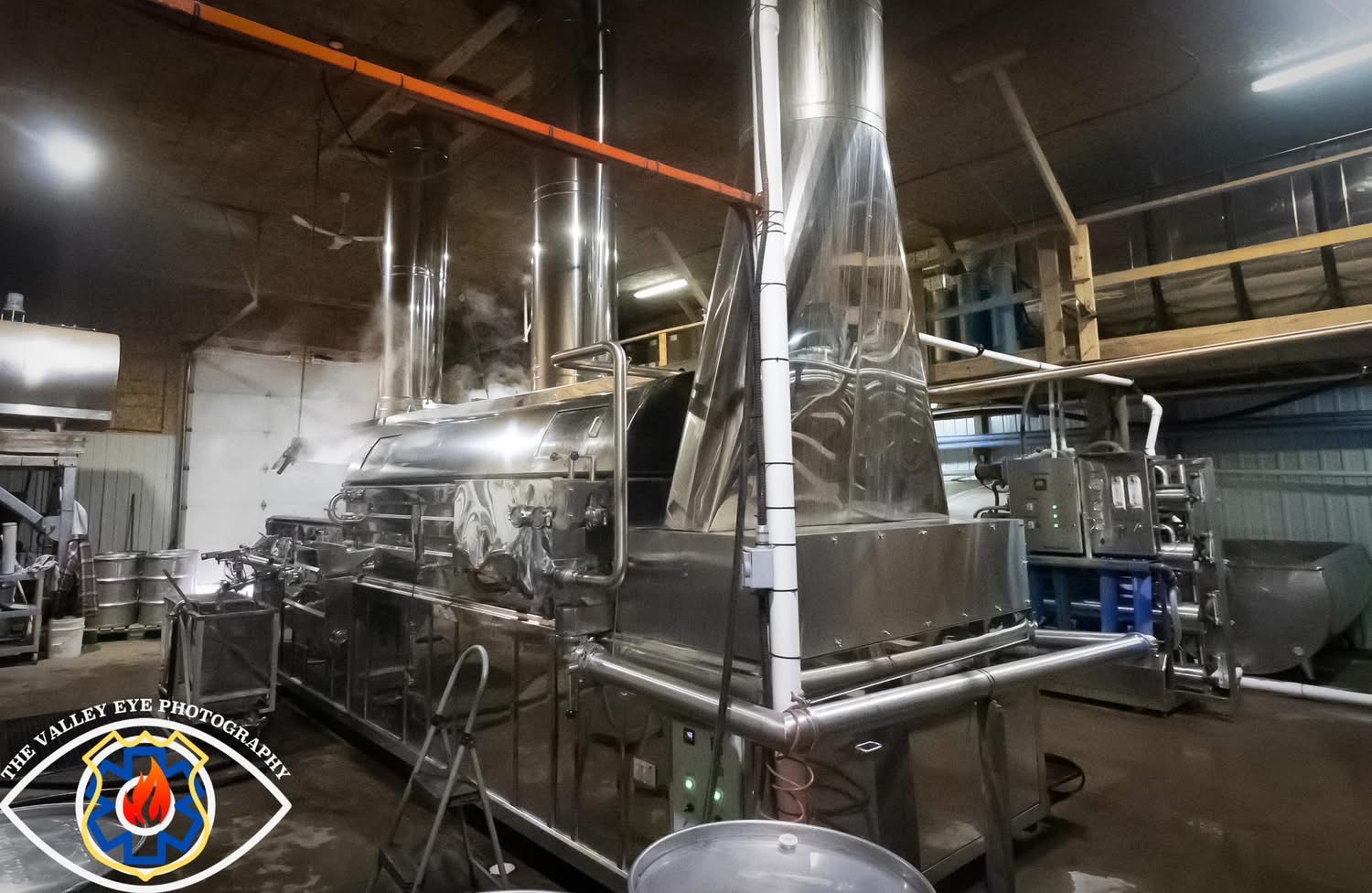
I had the opportunity to stop into Anna Hutchinson’s sugar bush in East Dalhousie last weekend, learning about the process, and the impacts that climate change is causing on the important industry.
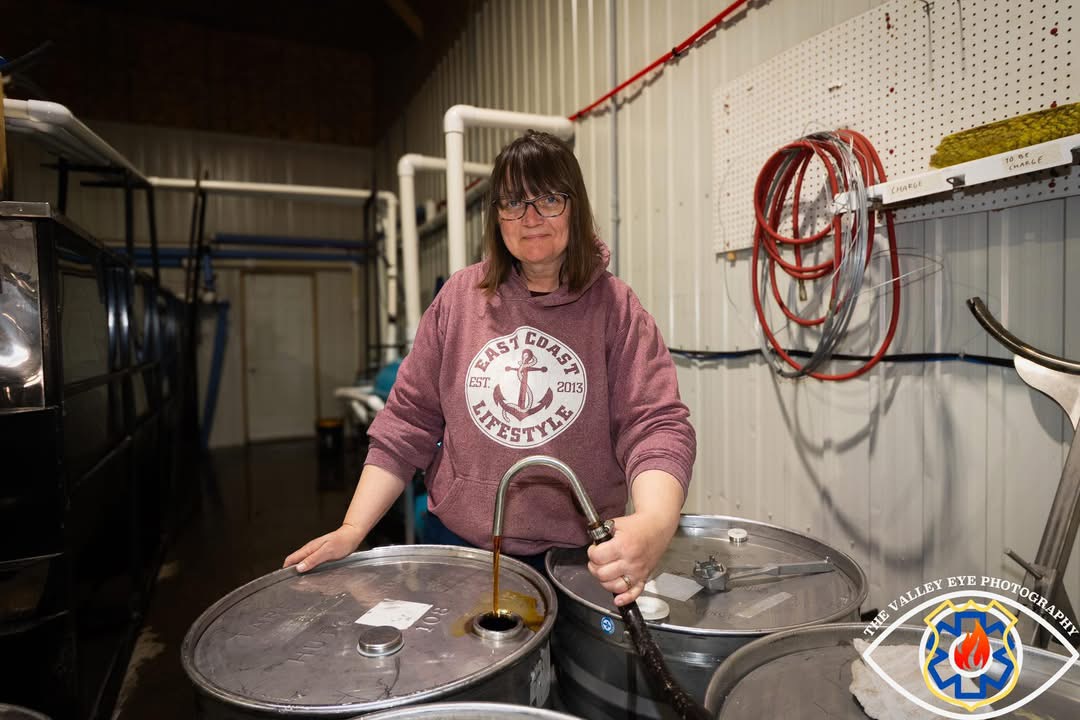
A sugar bush is a term used for a stand of maple trees in a forest, which is utilized for making Maple Syrup.
The sugar bush is located on approximately 2,500 acres of land with around 30,000 red and sugar maple trees tapped.
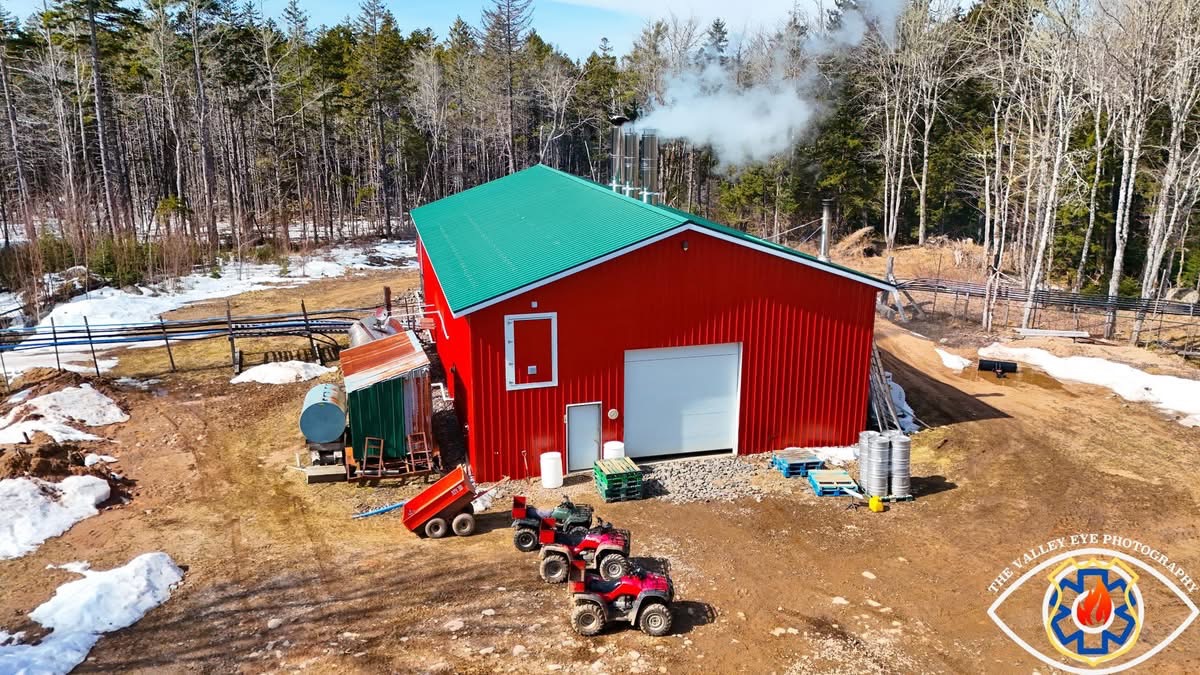
In most cases there is one tap per tree but some trees are tapped twice. The variety of trees does not change the production of the maple syrup, once the sap extracted.
With over 400 miles of tubbing stretched across 2,500 acres of forest, it’s brought down for production by gravity and the support of a vacuum system.
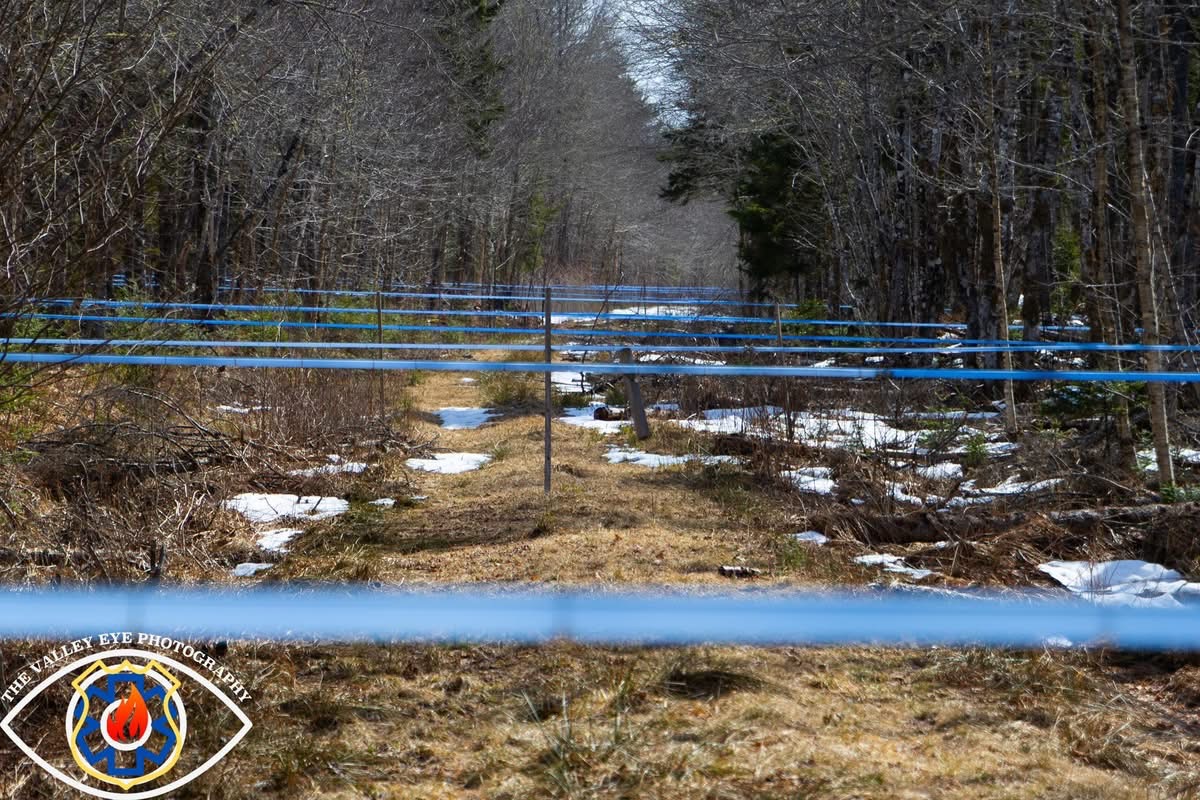
The tree sap is then brought down to the evaporator building and then placed into holding tanks.
With a reverse osmosis system, the sap is then brought through the machine, removing the water, bringing it to a certain percentage of water versus sap, it’s then taken to a large evaporator, taking the sap to 66% bricks, which constitutes it to maple syrup!
The syrup produced is organic, making Hutchinson Acres the largest certified organic Maple Syrup operation in Nova Scotia.
With packaging and labelling done at their location in Lake Paul, the process from step one to the delivery on your table is all done locally.
Being born and raised in the Annapolis Valley and operating in this industry for over 15 years, Anna knows how important it is to support local.
Whether that’s with Maple Syrup, she stressed on the importance of supporting local businesses in Nova Scotia and across Canada.
“We only get 8 weeks to make our product last the whole year.” Stated Anna.
This time of year, staff work extremely hard, with tapping season only happening for approximately 6-8 weeks, sap is dependent upon her business which is ultimately her livelihood.
With climate change being a pressing issue, it’s a huge concern for local businesses, especially those in this particular industry.
Weather permitting, there is limited time to produce Maple Syrup.
“Every year there is something different, it is getting warmer and warmer and we have to do something about it.” Stated Hutchinson.
Fluctuating temperatures are negatively impacting maple syrup production by shortening the sap season, reducing sugar content in the sap, and potentially damaging maple trees.
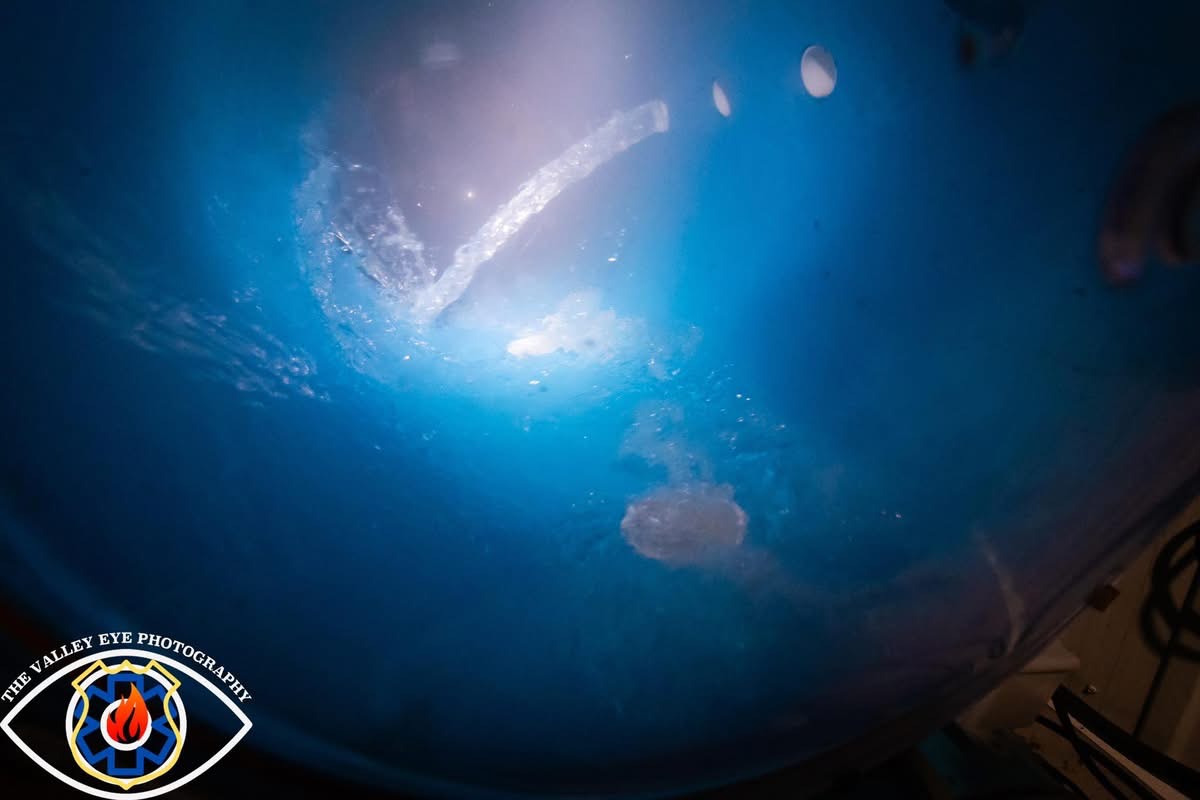
The cold and warm weather constantly fluctuating is causing confusion for the trees and in some cases results in them not releasing sap or reduced sugar content in the sap.
Warmer temperatures in the winter can result in less snowpack, making the soil more prone to freezing. This can harm the trees’ roots and negatively affect their growth, resulting in negative sap production.
Hutchinson’s Maple Syrup is available at their drive thru and cafe location along Aylesford Road in Lake Paul, they have coffee and an assortment of other items available, feel free to drop by!
While also exporting their product to the Middle East, South America and Europe, their Maple Syrup is available at all Foodland and Sobeys locations across Nova Scotia including lots of small independent shops and farms.
You can visit their site at the link which is provided ⤵️
https://www.hutchinsonacres.com
Special thanks to Anna for taking the time out of the busy season for showing me around and some education in this impressive operation.
Adrian J.

